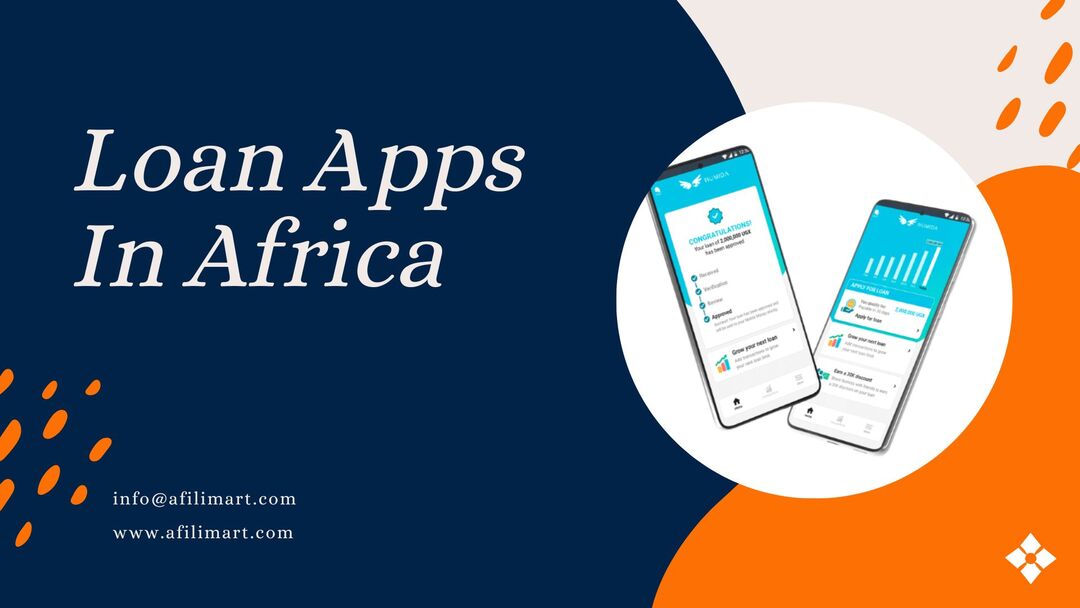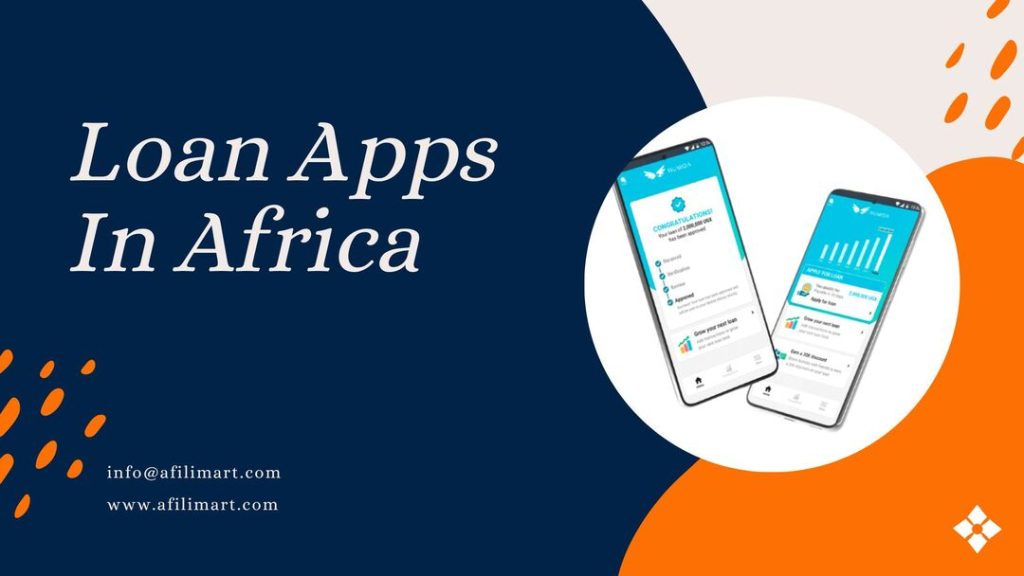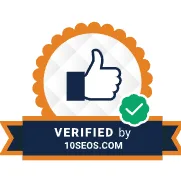In recent years, the financial landscape has witnessed a significant shift, thanks to the rapid rise of loan apps. These digital platforms have revolutionized the way people access credit, making it faster and more convenient than ever before.
But while they solve some critical financial problems, they also bring a host of new challenges that users need to be aware of.
So, what’s the deal with loan apps? Are they a blessing or a curse? Let’s dive in!
What Are Loan Apps?
Loan apps are mobile applications that allow users to apply for loans directly from their smartphones. Gone are the days when you had to dress up and visit a bank, fill out endless forms and wait for approval for days if not weeks.
With loan apps, the process is so quick, often requiring just a few taps on your phone. These apps typically offer short-term loans, which are designed to cover urgent expenses.
The Problem They’re Solving
The popularity of loan apps isn’t just a fluke. They’ve emerged as a solution to several financial problems that many people face today.
Access to Quick Cash
Life is unpredictable, and emergencies happen. Whether it’s a sudden medical expense, car repair, or an urgent bill, waiting for a traditional loan to get approved isn’t always feasible.
Loan apps provide quick access to cash, often within minutes, which can be a lifesaver in such situations.
No Collateral Needed
Traditional loans usually require collateral, such as property or savings, which isn’t an option for everyone. Loan apps, on the other hand, offer unsecured loans, meaning you don’t need to put up any assets as security.
This makes them accessible to a broader audience, including those who might not qualify for traditional loans.
Credit History? No Problem!
Many loan apps don’t rely heavily on your creditworthiness to approve loans. They use alternative data points, like your transaction history or how long you have been using their financial services for telecoms, to assess your worthiness.
This is particularly beneficial for those with poor or no credit history who would otherwise struggle to get a loan from a bank.
Convenience
The entire loan process, from application to disbursement, happens online. There’s no need for physical paperwork; you can apply for a loan from anywhere, anytime. This convenience is one of the biggest selling points of loan apps.
The Dangers They Pose
While loan apps offer undeniable convenience and solve critical problems, they’re not without their risks. In fact, the ease of access to credit through these apps can sometimes lead to more harm than good.
High-Interest Rates
One of the most significant downsides of loan apps is the exorbitant interest rates they often charge. While traditional banks have regulated interest rates, many loan apps operate in a grey area, charging much higher rates.
This can lead to a debt spiral, where borrowers find themselves taking out new loans to pay off old ones.
Short Repayment Periods
Most loan apps offer short-term loans, with repayment periods as short as two weeks. If you’re already struggling financially, repaying the loan in such a short time frame can be challenging.
Missed payments can lead to even higher interest rates and late fees, exacerbating the financial strain.
Privacy Concerns
Loan apps often require access to sensitive personal data, including your contacts, messages, and even social media accounts. While they claim this data is used to assess your creditworthiness, it raises significant privacy concerns.
In some cases, apps have been known to misuse this data, leading to harassment of borrowers and their contacts if payments are missed.
Lack of Regulation
Unlike traditional banks, loan apps operate with minimal regulation in many countries. This lack of oversight means that some apps can engage in predatory lending practices, taking advantage of vulnerable individuals who may not fully understand the terms of their loans.
Risk of Over-Borrowing
The ease with which loans can be obtained through these apps can lead to a cycle of over-borrowing. Since the process is so straightforward, some users may find themselves taking out multiple loans, leading to mounting debt that becomes increasingly difficult to manage.
How to Safeguard Yourself
If you’re considering using a loan app, there are several steps you can take to protect yourself from falling into financial trouble.
Read the Fine Print
Before taking out a loan, make sure you fully understand the terms, including the interest rate, repayment period, and any fees. If anything seems unclear, don’t hesitate to reach out to customer service for clarification.
Borrow Only What You Need
It’s easy to get tempted by the fast access to cash, but try to borrow only what you absolutely need. Remember, this money has to be repaid, usually with interest.
Consider Alternatives
Before turning to a loan app, explore other options like borrowing from friends or family, negotiating with creditors, or even using a credit card if the interest rate is lower.
Check the App’s Reputation
Do some research on the loan app before using it. Read reviews, check ratings, and see if there have been any complaints about the app. A little due diligence can save you from a lot of trouble later on.
Examples of Loan Apps
Here are some examples of popular loan apps in Africa, used across different countries:
- Branch – Digital Bank & Loans (Kenya, Nigeria, Tanzania)
- Tala – Digital Financial Services (Kenya, Tanzania)
- Carbon – Money Banking and Loans (Paylater) (Nigeria, Kenya)
- FairMoney – Digital bank, instant loan app (Nigeria)
- M-Pesa (Kenya)
- Palmcredit – Instant Loan Online (Nigeria)
- Okash – Safe and Reliable Loan (Kenya)
- Aella Credit (Nigeria)
- Airtel Quick Loan (Uganda)
- MTN MoKash (Uganda)
These apps play a significant role in increasing access to credit, especially for underserved communities across Africa.
Final Take
Loan apps have undeniably made accessing credit easier and more convenient for many people. They solve real financial problems, especially in emergencies. However, they also come with significant risks, particularly for those who aren’t careful.
In the end, loan apps are a tool – one that can be incredibly useful when used wisely but potentially dangerous when misused.
So, if you’re thinking of using a loan app, make sure to weigh the pros and cons carefully. Your financial health is worth more than the convenience of quick cash!










